India trade pivot to counter Chinese bans
After China slammed the door on $20bn of exports, new Trade Minister Dan Tehan will prioritise talks with India for a free-trade deal.
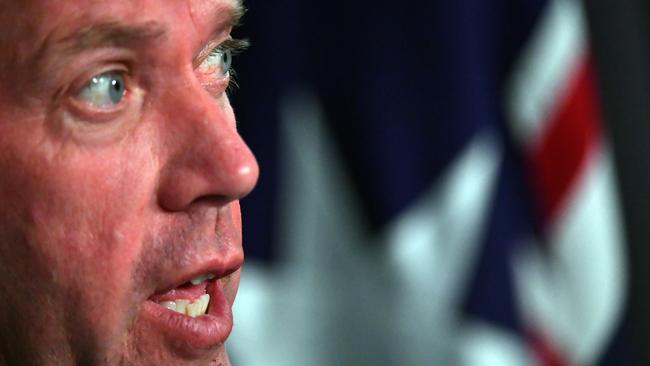
New Trade Minister Dan Tehan will make securing an Australia-India free-trade agreement one of his top priorities in the job, as the government moves to diversify the nation’s export markets to counter punitive Chinese bans on Australian products.
Mr Tehan committed to strengthening the trade relationship between the two countries after India’s top business group identified Australia as an ideal partner to secure its resources security, and provide technology, healthcare and agribusiness expertise to support its economic growth plans.
Scott Morrison and his Indian counterpart Narendra Modi elevated the bilateral relationship to the status of “comprehensive strategic partnership” in June, but negotiations on a proposed bilateral trade deal, known as the Comprehensive Economic Cooperation Agreement, have languished for nine years.
Now, after China slammed the door on at least $20bn of Australian exports, Mr Tehan said it was time to get back to the negotiating table with India.
“India is a great friend of Australia and further strengthening the trading relationship between us will be mutually beneficial,” Mr Tehan told The Australian.
“Re-engaging on a Comprehensive Economic Cooperation Agreement is in both countries’ national interest.
“International trade helps create jobs and drive economic growth and the Morrison government has focused on negotiating free-trade agreements in the national interest.”
In a new report, the Confederation of Indian Industry said the potential to strengthen the India-Australia relationship had “not been fully harnessed”.
The CII’s Australia economic strategy identified a raft of opportunities to boost two-way trade and investment between the countries, and collaborate in areas such as mining, pharmaceuticals, IT, infrastructure, defence, space and tourism.
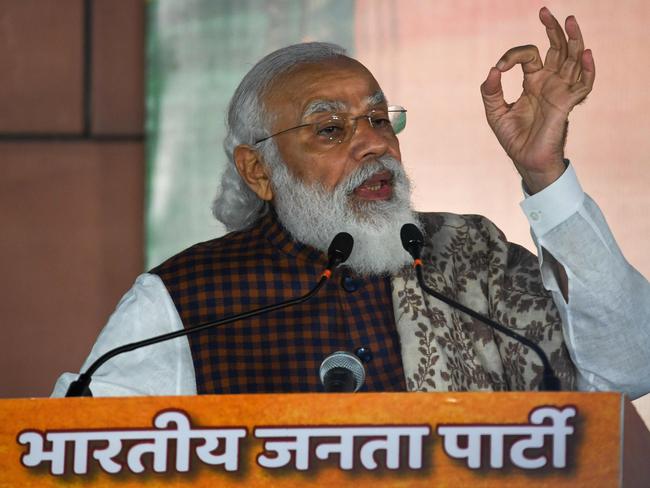
India has for decades pursued a highly protectionist economic agenda amid political pressure from the nation’s farmers and manufacturers. Mr Modi has continued this under his policy of national “self reliance”.
But the CII said the time could be right to bring free-trade talks with Australia, which began in 2011, to fruition.
India elected last year not to join the 15-nation Asian trading bloc known as the Regional Comprehensive Economic Partnership, of which Australia is a member.
The CII said India’s decision to stay out of RCEP necessitated “a strong bilateral partnership for Australia and India to capture economic opportunities”.
It said that with both the Morrison and Modi governments having been re-elected by voters, “there is a strong reason to believe that this is perhaps the ideal time to conclude some of these discussions with concrete steps detailing the actions that are required by each partner”.
The Prime Minister told Mr Modi during their virtual summit in June it was time for the relationship to go “broader and deeper”. Australian government sources remain cautious, saying the proposed deal will be difficult to achieve, given difficulties of dealing with Indian bureaucrats, and the political interests at stake.
The CII report, authored by former Indian diplomat Anil Wadhwa, is a response to Australia’s India Economic Strategy to 2035 report, completed in 2018 by former Department of Foreign Affairs and Trade secretary Peter Varghese.
Mr Varghese said in his report there was “no market over the next 20 years which offers more growth opportunities for Australian business than India”.
He told The Australian the Wadhwa report showed India was also taking the economic relationship seriously, with strong buy-in from the country’s private sector.
“It means we can move the relationship along more quickly than we would otherwise have been able to do,” he said. “It is not going to replace China (as a trading partner) because the numbers are just so different. But it’s an important step and one that will give added momentum to the trade relationship.”
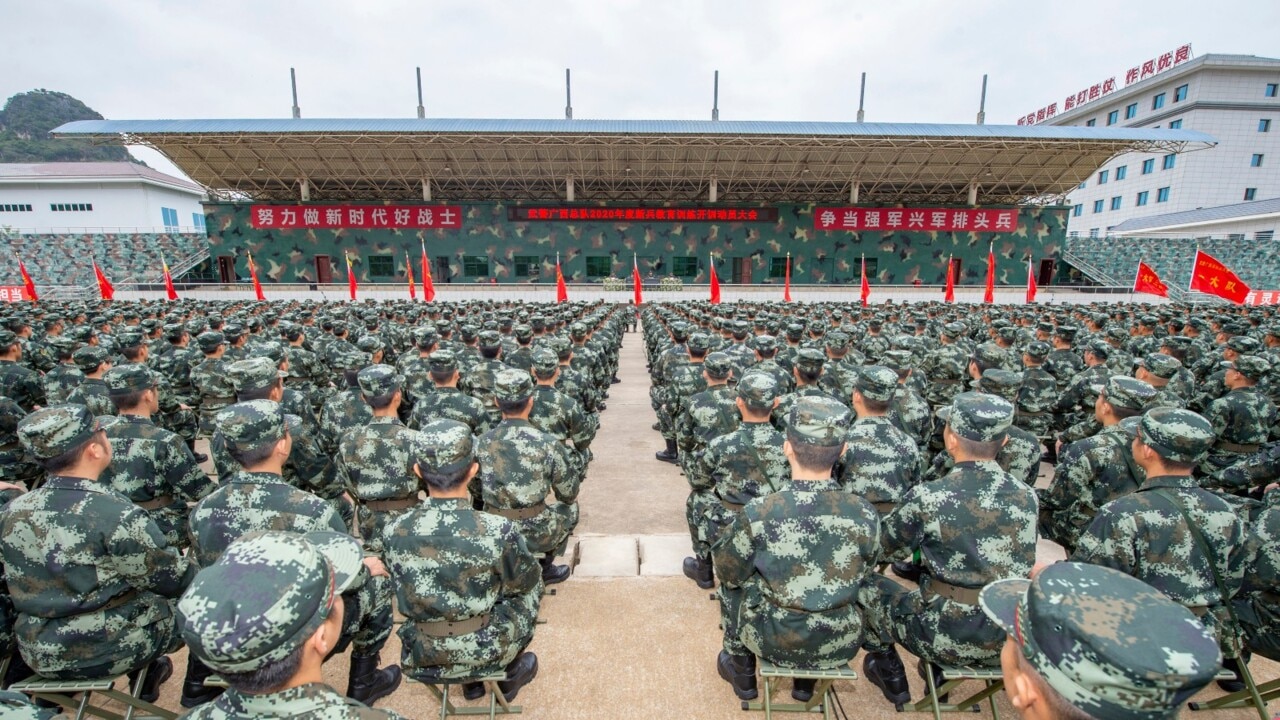
The Wadhwa report said Australia could provide India with key resources, help feed its vast population, and increase its productivity through the adoption of new technologies. “India will have to strategically secure its resource requirements, which includes natural and mineral resources, food, etc., as well as significantly develop innovative technologies to make best use of these resources,” it says. “Hence, resource security along with deft use of technology is viewed as an ideal combination to sustain India’s future growth plans.”
Two-way trade between the countries has grown from $13.6bn in 2007 to $30.4bn 2018, but is still dwarfed by that between Australia and China, which hit a record $252bn last year. India’s population of 1.35 billion is seen by the federal government as an important plank in the nation’s trade diversification strategy, which also includes a push to strengthen trade with ASEAN countries, Europe and the UK.
The Wadhwa report said better awareness of business opportunities was needed to propel the Australia-India economic relationship forward.
“While large Indian companies have shown interest in investing in Australia, the overall investment levels have been lower than the investments made by other economies like China and Japan,” his strategy said.
“Similarly, India’s share in Australian imports has also been low over the years, as compared to other large developed or developing economies.”
The Wadhwa report said India could increase LNG imports from Australia, with a new terminal on India’s east coast to lower the price of Australian LNG compared to other exporters.
It said Indian companies could enter offtake agreements and joint ventures with Australian partners to access critical minerals including lithium and rare earths needed for batteries and high technology industries, while Australia’s coal, potash and phosphate deposits could also become vital inputs to Indian industry, the report said. It flagged opportunities for Indian companies to participate in Australian government IT projects, provide low-cost IT solutions to Australian companies, and work on collaborative start-ups.





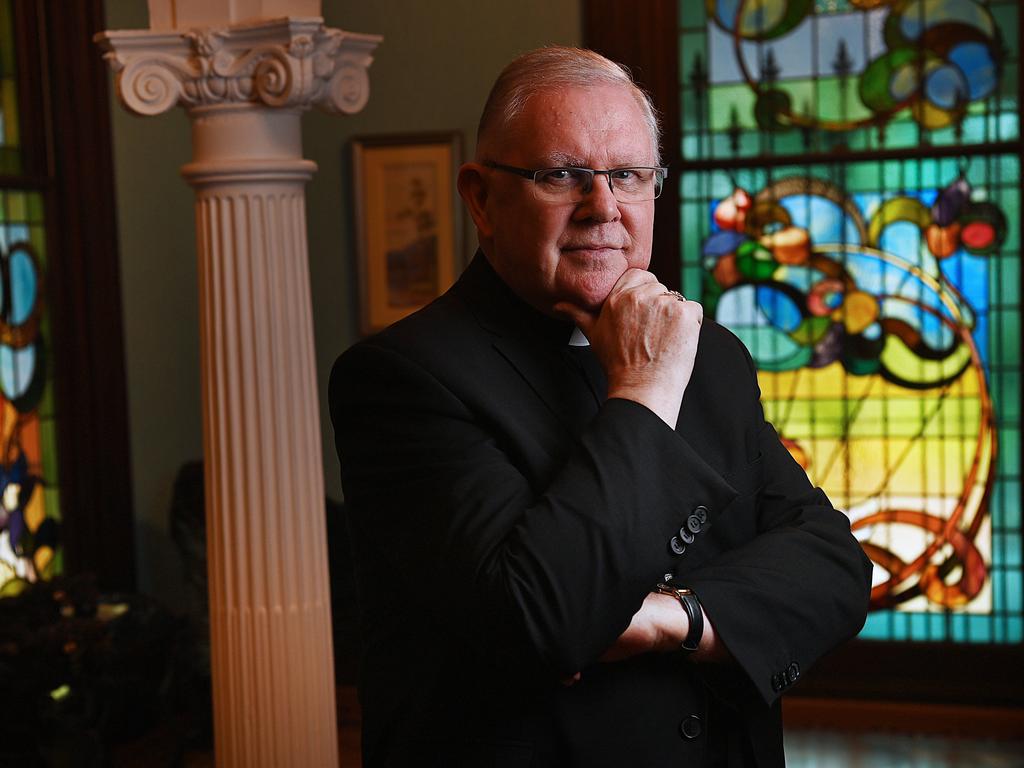
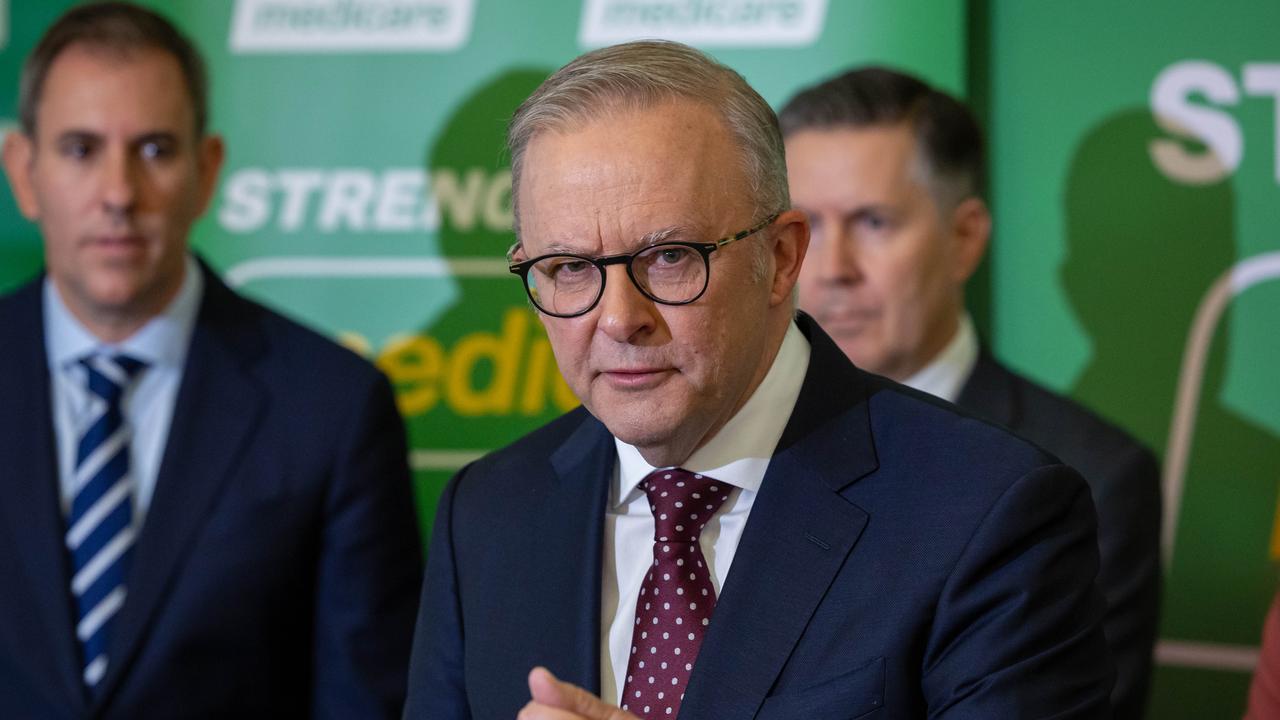

To join the conversation, please log in. Don't have an account? Register
Join the conversation, you are commenting as Logout